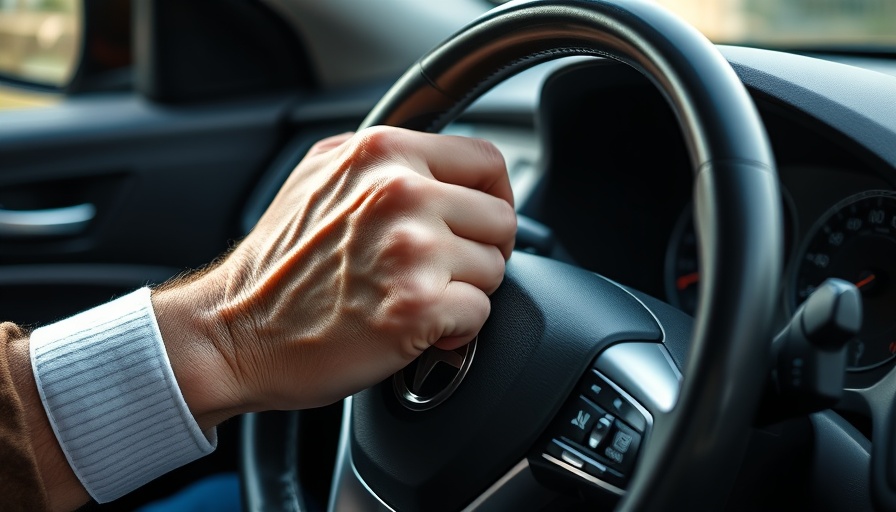
Why Age Doesn't Define Safe Driving
There’s an ongoing dialogue about a topic that combines independence, safety, and the reality of aging: driving. While it might seem as though there's an arbitrary age at which seniors should hang up their keys, many experts argue that safety cannot be determined by age alone. Instead, a combination of cognitive and physical health indicators should be at the forefront of this discussion. With the growing population of elderly drivers, it is necessary for us to assess how we approach driving as we age.
The Safety Statistics: What the Data Says
Statistically, drivers aged 65 and older tend to have lower accident rates than their younger counterparts; however, data suggests an uptick in crash rates among those over 70. There’s a notable complexity here: while older drivers may show experience and caution, diminished physical and cognitive function can complicate their ability to react in high-stress situations.
Physical Changes: What You Should Know
The aging process impacts driving in various ways. Vision issues, such as decreased contrast sensitivity and peripheral vision, impede a senior's ability to navigate tricky conditions. Similarly, reaction times slow down. As attorney Mike Agruss mentions, deciding to continue driving can be an emotional struggle for many older adults.
The Emotional Aspect: Freedom vs. Safety
For many seniors, the car represents freedom and independence. The fear of losing this autonomy can lead to resistance against giving up driving. Resources like Uber Health and transportation services designed specifically for seniors can provide alternative options, facilitating a shift in the narrative. Instead of focusing on the loss of driving privileges, we should highlight new solutions for maintaining mobility.
Evaluating Driving Skills: A Personalized Approach
There’s no universal guideline for determining when to stop driving. A personalized approach that evaluates physical and cognitive capabilities alongside emotional readiness is vital. Regular check-ups focusing on eyesight and hearing, managing medications that affect alertness, and knowing when conditions may be too daunting for safe travel are all key steps.
Practical Tips for the Aging Driver
Fortunately, continuing to drive safely into older age is possible for many individuals. Some approaches include:
- Schedule routine doctor visits to monitor vision and hearing health.
- Follow up on medications that might impair your driving ability.
- Avoid driving in high-stress environments, like heavy traffic or at night.
- Limit driving to familiar places in good weather conditions.
Taking these measures can prolong driving safely and the quality of life as mobility practices are reassessed.
The Bottom Line: Taking Action
People of all ages can benefit from evaluating their driving skills and understanding the signs of when it might be time to consider alternative modes of transportation. The ultimate goal is safety—for both the driver and others on the road.
 Add Row
Add Row  Add
Add 




Write A Comment